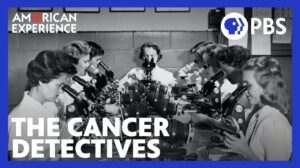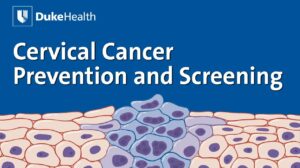NEW YORK (Reuters Health) – Women with early-stage estrogen receptor-positive breast cancer fare somewhat better with 2 years of tamoxifen followed by 3 years of anastrozole than with 5 years of tamoxifen, an Austrian group reports in the Journal of Clinical Oncology online January 23.
“The small efficacy benefits observed were driven by a lower number of distant metastases and deaths,” the authors comment.
Dr. Raimund Jakesz, with the Medical University of Vienna, and colleagues in the Austrian Breast and Colorectal Cancer Study Group point out aromatase inhibitors have been shown to have advantages over tamoxifen in adjuvant endocrine therapy of early breast cancer, and that several so-called “switching trials” have investigated the effects of sequential treatment with tamoxifen and an aromatase inhibitor.
However, “prospective data specifically investigating patients with low- to intermediate-risk treated in the absence of chemotherapeutic agents are scarce,” the authors explain.
To investigate further, the team enrolled 3714 patients with G1 or G2 endocrine receptor–positive tumors and randomly assigned them after surgery to receive 5 years of tamoxifen therapy or to 2 years of tamoxifen plus 3 years of anastrozole. None of the participants had received chemotherapy and 75% were node-negative.
At 60 months, there were 124 recurrences in the tamoxifen-anastrozole arm compared with 152 in the tamoxifen-only arm, representing a hazard ratio for recurrence of 0.80. However, the difference was not statistically significant (p=0.06), the investigators found.
On the other hand, the fewer distant recurrences in the sequential therapy group than the tamoxifen-only group (110 vs 139) was statistically and clinically meaningful (HR 0.78; p=0.05), the report shows.
Adverse effects were similar in both arms, the authors report. However, significantly more patients experienced bone pain in the tamoxifen-only arm than the sequence arm (32.9% vs 29.3%; p<0.02), and there were more events summarized as uterine disorders (20.2% vs 14.1%;p<0.001).
In this low- to intermediate-risk cohort treated without chemotherapy, Dr. Jakesz and colleagues conclude, “the inclusion of ANA (anastrozole) in the first 5 years of endocrine therapy leads to small improvements in breast cancer recurrence and on-treatment toxicity. These data support the sequential use of ANA in women considered to have a favorable prognosis.”
SOURCE:
J Clin Oncol 2012;29




